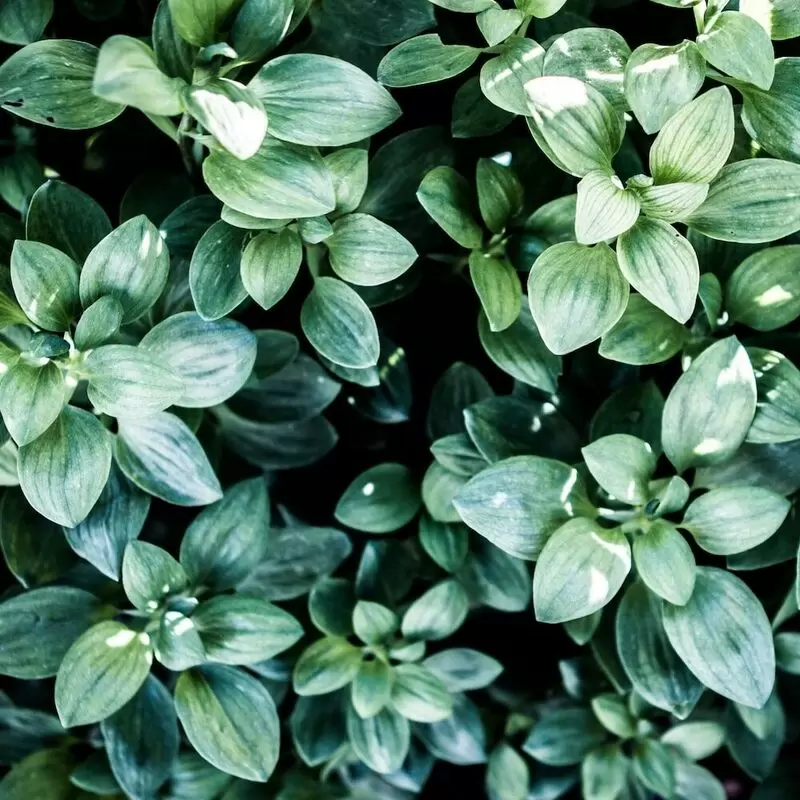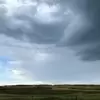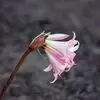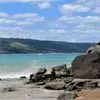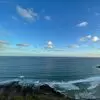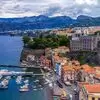Geographical Location Mount Gambier is the second most populated city in South Australia.
Historic Significance Mount Gambier was discovered by Lieutenant James Grant in 1800.
Volcanic Past Mount Gambier is famous for its 'Blue Lake' which fills a volcanic crater.
Cave Exploration Mount Gambier is renowned for its wonderful and unique cave gardens.
Main Attractions Popular attractions include Umpherston Sinkhole, Blue Lake and Tantanoola Caves.
Climate Mount Gambier has a cool Mediterranean climate characterized by warm summers and chilly, rainy winters.
Wildlife The city's craters, lakes, and cave gardens are habitats for unique wildlife species.
Unique Architecture Mount Gambier is home to many historic buildings, such as the Old Town Hall and the Mount Gambier Hotel.
Woodland Reserve Mount Gambier hosts the beautiful 'Valley Lake Wildlife Park' where Australian native animals are preserved and protected.
Spectacular Events Mount Gambier hosts annual events like 'The Fringe Festival', 'Mount Gambier Gold Cup' and 'Christmas Parade'.
